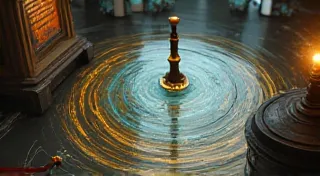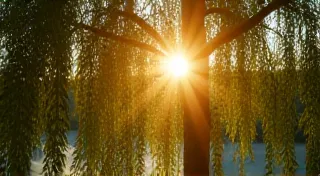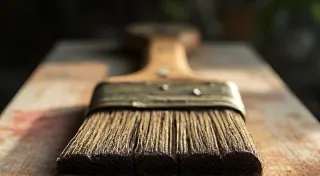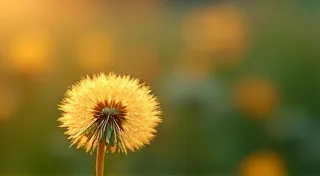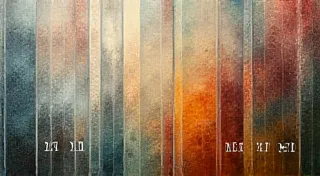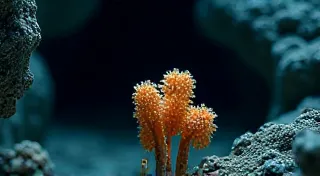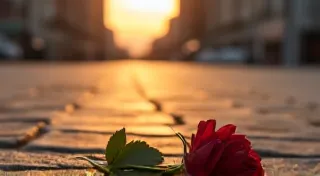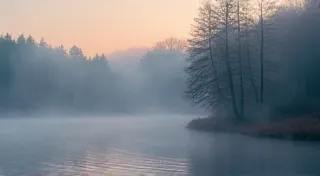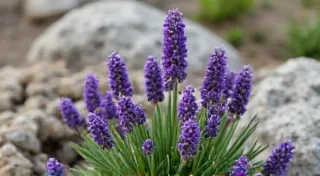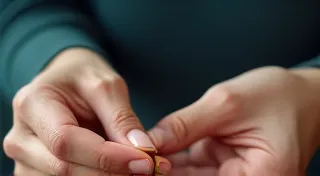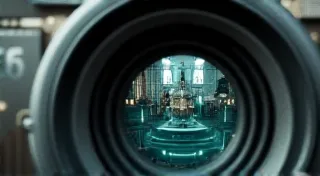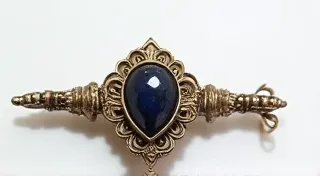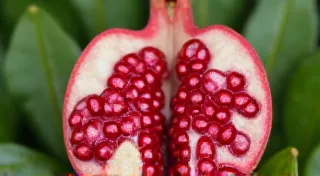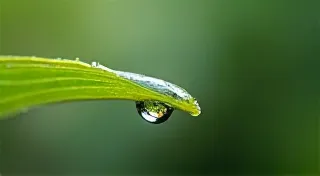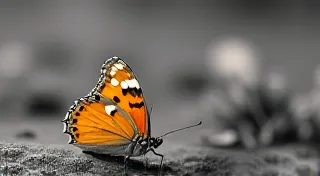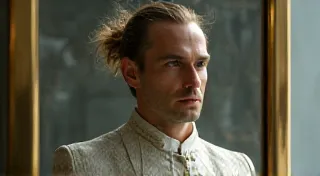The Victorian Era Photography Tinting Techniques: A Spectrum of History
Step into a world where black and white transcends into vibrant hues, where shadows whisper secrets in shades of rose and lavender. Welcome to a journey through the captivating realm of Victorian photography tinting, a lost art that breathed life and emotion into the early days of photographic portraiture. This website is dedicated to exploring the methods, artistry, and cultural significance of this remarkable process – a dedication born from a deep appreciation for historical photography and antique photography techniques, and a desire to reconnect with the human touch behind the lens.
The Victorian era (roughly 1837-1901) witnessed the dawn of photography. While the technical innovations were groundbreaking, early photographs often appeared stark and clinical. It was during this period that photographers began to experiment with hand-tinting photographs, a technique often referred to as "tinting," to add warmth, personality, and even narrative depth to their work. The process wasn’t merely about adding color; it was an art form, an extension of the photographer’s vision, and a profound expression of the prevailing cultural values. The results – from subtle flushes on a cheek to elaborate floral backgrounds – are a testament to the skill and artistry of these early colorists. Understanding these nuances requires knowledge of antique photography techniques.
Today, enthusiasts are rediscovering and employing techniques for colorizing old photos, inspired by the mastery of Victorian photographers. This website provides a comprehensive look at those techniques, their historical context, and their ongoing relevance. Mastering antique photography techniques allows for a deeper understanding and appreciation of the artistic process.
Beyond Black and White: The Rise of Chromatic Enhancement
Initially, tinting was a practical necessity. Early photographic processes, such as the daguerreotype and albumen print, were prone to fading and instability. Color added a visual vibrancy that helped compensate for these imperfections. But beyond practicality, tinting quickly evolved into an artistic choice – a way to enhance the perceived beauty and emotional resonance of a portrait. The desire to move beyond black and white wasn’t just about aesthetics; it was about imbuing the photograph with a sense of life, a reflection of the vibrant world the photographer sought to capture. Through meticulous hand-tinting photographs, the photographer could transform a simple portrait into a captivating work of art. Deep knowledge of antique photography techniques was essential for achieving these results.
The Cultural Significance: Class, Sentiment, and Symbolism
The use of color wasn’t arbitrary; it was laden with cultural meaning. Beneath the Gilded Surface: Class and Color in Victorian Society delves into the nuances of how color choices reflected social status, personal taste, and the prevailing fashions of the time. Specific colors carried particular symbolic weight. For example, the use of vibrant reds and golds often signified wealth and status, while softer, more muted tones were associated with modesty and virtue. Techniques for colorizing old photos during this era became deeply intertwined with social conventions. A working knowledge of antique photography techniques was key to conveying these subtleties.
The use of color also played a crucial role in expressing sentiment and emotion. The Lavender Bloom of Remembrance: Mourning, Color, and Victorian Sentiment explores how specific hues – particularly lavender and grey – were inextricably linked to mourning rituals and the Victorian obsession with remembrance. The practice of adding these colors to photographs of deceased loved ones was a poignant expression of grief and a tangible link to those who had passed. Furthermore, Sapphire Shadows: The Subtle Language of Color in Victorian Mourning Rituals illuminates how seemingly minor color choices communicated profound emotional undertones.
The Artist's Touch: Recreating Lost Hues
The individuals who applied these colors were more than just technicians; they were artists in their own right. They were the Painter's Residue: Tracing the Hands That Gave Life to Stillness, the unsung heroes of Victorian historical photography. Their skill wasn’t simply about applying pigment; it was about understanding light, shadow, and the delicate interplay of color. The process demanded a level of precision and artistry that is truly awe-inspiring. Modern attempts at colorizing old photos often strive to emulate this level of artistry, often employing techniques derived from studying antique photography techniques.
Today, the art of Victorian photography tinting is experiencing a revival. While recreating these processes exactly is challenging, modern photographers and artists are using their own interpretations of the techniques. The Painter's Secret: Recreating Lost Hues with Modern Techniques provides insights into how these methods can be replicated using contemporary materials and approaches, allowing enthusiasts to experience the magic firsthand. The legacy of hand-tinting photographs continues to inspire contemporary artists, often through the lens of preserved antique photography techniques.
The Alchemy of Color: Symbolism and Narrative
The application of color wasn’t always literal or representational. Often, it served a more symbolic purpose, enhancing the narrative depth of the image. A Blush of Sunlight: How Color Enhanced the Romantic Ideal examines the connection between tinting and the prevailing aesthetic tastes of the time, revealing how subtle touches of color could elevate a portrait from a mere likeness to a work of art.
A Touch of Romanticism and Beyond
The Victorian era was a time of romantic ideals, and color played a vital role in enhancing the perceived beauty and emotional resonance of these ideals. A Blush of Sunlight: How Color Enhanced the Romantic Ideal examines the connection between tinting and the prevailing aesthetic tastes of the time, revealing how subtle touches of color could elevate a portrait from a mere likeness to a work of art. It's a significant chapter in historical photography.
Beyond the Surface: Beauty, Vanity, and Impermanence
While the art of Victorian photography tinting is often celebrated for its beauty and artistry, it’s also important to acknowledge the more complex and even unsettling aspects of the practice. Vestiges of Vanity: How Color Became a Portrait's Most Deceptive Ornament explores how the desire to appear more youthful, attractive, or affluent led some photographers and clients to manipulate color in ways that were less than truthful. The process of colorizing old photos wasn't always about capturing reality; it sometimes involved adapting antique photography techniques to create a specific illusion.
Exploring Specific Techniques and Styles
Delving further, we can appreciate the nuances of botanical colorization - Coral and Shadow: The Enigmatic Beauty of Botanical Colorization showcasing the meticulous recreation of flora and their symbolic significance in Victorian art. Similarly, Where Sepia Meets Rose: A Poetic Analysis of Victorian Chromatic Harmonies explores the compositional and color harmony, dissecting the artistic decisions behind each photograph, while Ephemeral Echoes: When Sepia Whispers of Crimson delves into specific color palettes and their evocative power. A close examination of these works demonstrates a sophisticated application of antique photography techniques.
Furthermore, A Tapestry of Absence: The Narrative Power of Selective Color highlights a sophisticated technique where selective coloration was deliberately employed to draw attention or create a specific visual effect, enriching the storyline of the photograph. This demonstrates a keen understanding of the principles of historical photography and a mastery of antique photography techniques.
Your Journey Through Victorian Hues Begins Now
This website is your gateway to understanding the captivating world of Victorian photography tinting. Whether you're a photography enthusiast, a history buff, or simply curious about a unique and beautiful art form, we invite you to explore the pages linked above and discover the magic of transforming shadow into spectrum. Prepare to be transported back to a time when a touch of color could speak volumes.
